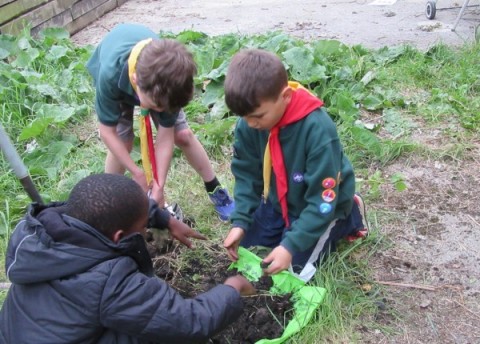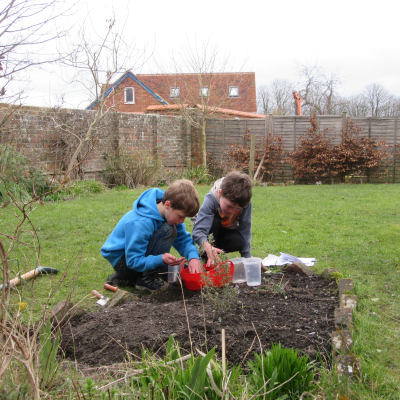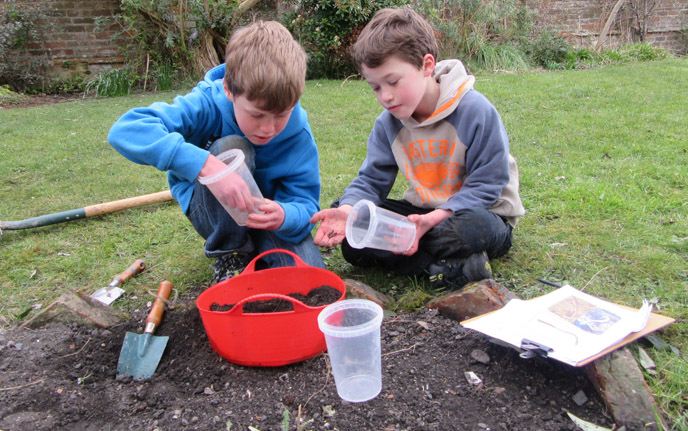
Discover Earthworm Science with your Youth Groups
Earthworm Watch is a national citizen science project that empowers young people, whether as part of a school class, outdoor learning group, home educated group or nature club, to get face to head (or tail!) with earthworms and otherworldly creatures that live under their feet. Earthworm Watch enables young people to discover more about their natural environment within their school grounds, allotments, parks or other green space whilst gathering valuable data that contributes to real scientific research.
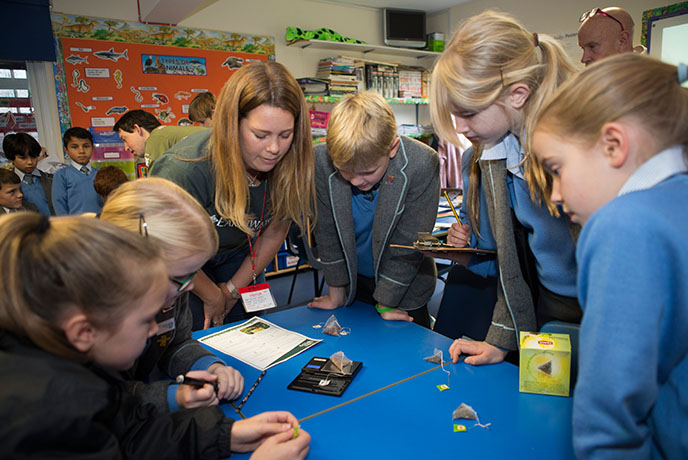
Curriculum Linked Science
Enabling young people to develop scientific literacy skills linked to the Science National Curriculum through hands-on experiences categorising earthworms and soils, taking part in a real scientific enquiry.
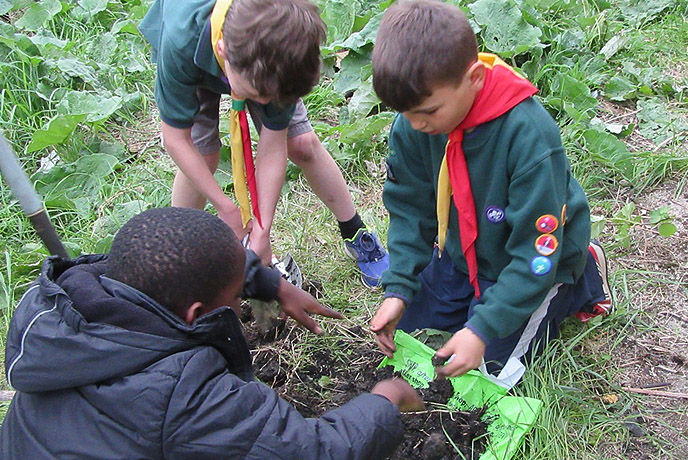
Outdoor Learning
Earthworm Watch brings learning about science and the environment to life. It’s fun learning about earthworms, soils and climate change whilst getting involved in a practical activity outdoors.
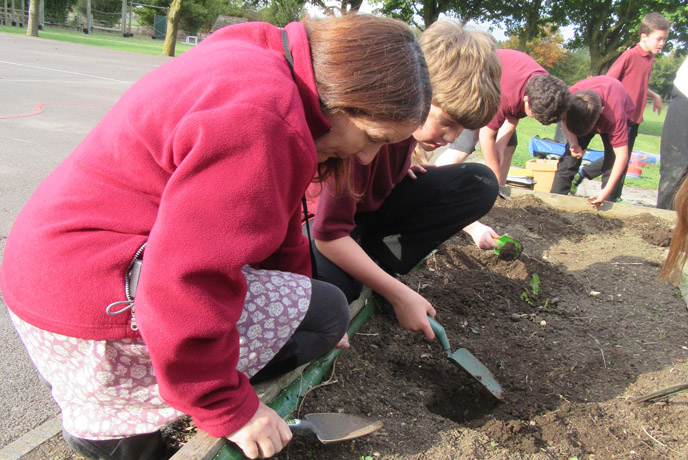
Important Research Data
Gather data that will help scientists at Earthwatch and The Natural History Museum answer important research questions around earthworm abundance, diversity and soil productivity.
The Earthworm Watch scientific method is ideal for Key Stage 2 and 3 Students

Who can signup?
Everyone, but method is best suited for children of 7+ years.How can your school or youth group get involved?
Once registered order a pack or download one here (if sourcing own mustard and vinegar).How long does it take?
1 hour to complete and upload your results here.The Earthworm Watch method
Designed carefully by research scientists to ensure the survey is fair and unbiased as it is a real scientific enquiry. It is important that the same teachers and students gathering the data dig both soil pits. The soil pits should not be dug separately by different groups as this can lead to bias in the results and inaccuracy in the earthworm data collected.Data collection is now closed. Thank you
Science & Geography
Key Stage 2 Topics:
Plants; animals including humans; rocks; living things and their habitats; evolution and inheritance; working scientifically.
Key Stage 3 Topics:
Biology: Structure and function of living organisms; material cycles and energy; cellular respiration; interactions and interdependencies; genetics and evolution; working scientifically.
Chemistry: Earth and Atmosphere (The Carbon Cycle).
Key Stage 2 & 3 Topics:
Human and physical geography.
Testimonials from our Youth Groups
Useful Links
About Us
Earthworm Watch is a collaboration between Earthwatch Institute (Europe) and the Natural History Museum in London

